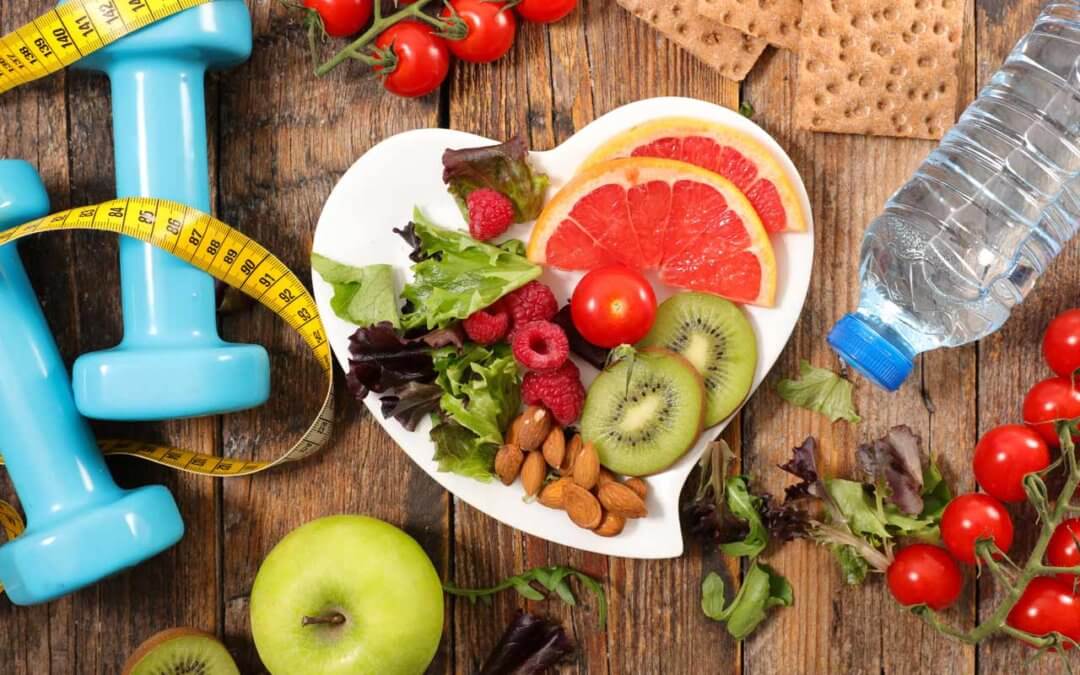Statistic analysis
The evaluation of calories and nutrients consumption was based on the reference values of the National Institute of Nutrition of Venezuela (19). For the analysis of calorie and protein adequacy, three categories were established: adequate (90-110%), inadequate due to deficit (<90%) and inadequate due to excess (> 110%). To evaluate the macronutrients’ percentage caloric contribution, the Venezuelan population’s recommendations were considered: between 11-14% for proteins, 20-30% for fats and 56-69% for carbohydrates. The recommendations of 300 mg/day and 25-35 g, respectively, were used (19).
A database was built for computerized management with the SPSS® Version 19 program, and the statistical treatment included measures of central tendency and dispersion for the quantitative variables and frequency distribution for the qualitative variables. In addition, inferential statistics were used to determine the difference between means and categories of variables, using Student’s t, ANOVA or Chi-square, depending on the type of variable under study.
Results
The presentation of the results was ordered as follows, firstly, the regular consumption of energy and nutrients, the contribution of proteins, fats and carbohydrates to the total energy of the diet, the intake of fibre, fatty acids, cholesterol and micronutrients. In the second place, the average consumption by meal times and types of meals, the frequency of consumption of beverages in the third place.
This study shows an overview of the Venezuelan food situation in 2015 as a baseline for evaluating the changes occurring in recent years. Eating behaviour is inappropriate and associated with sex, age group, geographic region, educational and socioeconomic level.
In recent years, Venezuela has been immersed in a political and socioeconomic crisis that has deteriorated the level of well-being of the population. Since 2012, adverse changes in reducing food consumption began to be seen, which were accentuated between 2014 and 2015. The trend of contraction of economic growth and the increase in inflation has caused a progressive decrease in real income, with the consequent loss of purchasing power. This has resulted in the food items being the most affected by high inflation, a situation that increasingly limits access to a sufficient and quality diet that meets the family’s energy and nutrient requirements. (twenty).
Malnutrition due to deficit or excess affects not only health but also the psychosocial sphere. A good state of health and nutrition is vital for the economic and social development of the population.
Properly balance diet
Starchy foods
Starchy foods contain energy in carbohydrates, and they release this energy slowly throughout the day. You should eat starchy foods as your primary source of energy. They will make you feel full to feel less hungry, and have less need for snacks during the day.
Starchy foods include bread, pasta, cereals, rice, and potatoes. If possible, select whole-grain varieties and brown rice, as these are exceptionally high in fibre.
Fruits and vegetables
Fruits and vegetables are excellent sources of many nutrients, especially vitamins, minerals, and fibre. Try to eat at least five servings of fruit and vegetables a day. Your five servings don’t have to be all fresh – dried, frozen, canned, and juiced fruits and vegetables count too.
Properly balance diet
Starchy foods
Starchy foods contain energy in carbohydrates, and they release this energy slowly throughout the day. You should eat starchy foods as your primary source of energy. They will make you feel full to feel less hungry, and have less need for snacks during the day.
Starchy foods include bread, pasta, cereals, rice, and potatoes. If possible, select whole-grain varieties and brown rice, as these are exceptionally high in fibre.
Fruits and vegetables
Fruits and vegetables are excellent sources of many nutrients, especially vitamins, minerals, and fibre. Try to eat at least five servings of fruit and vegetables a day. Your five servings don’t have to be all fresh – dried, frozen, canned, and juiced fruits and vegetables count too.
Milk and other dairy products
Milk and other dairy products, such as cheese and yogurt, are essential protein, calcium, and vitamins. Choose low options on fats, such as low-fat or low-fat milk and low-fat yogurt.
Meat, fish, eggs, beans, and other non-dairy sources of protein
Meat, the fish, and other alternatives, such as beans, legumes, eggs, and nuts, are all essential non-dairy sources of protein.
Try to eat two servings of fish a week (one serving is roughly 140g). One of these servings should be fatty fish such as mackerel, salmon, and herring. Fatty fish are especially rich in polyunsaturated omega-3 fatty acids, which can help prevent heart disease, although more research is needed to verify this effect.
Some types of meats are high in fat, so you should permanently remove excess skin and fat. Grill, bake, or boil meats and fish instead of frying them. Try to limit the number of processed meats you eat (such as cold cuts and beef burgers) as these foods are often high in fat and can increase your risk of bowel cancer.
Foods high in fat and sugar
Fats are an essential part of your diet, but you don’t need them in large amounts. Try to eat less fat overall, but remember that the type of fat you eat is also essential. Try to replace foods high in saturated (unhealthy) fats like butter, pastries, and cheeses with foods high in unsaturated (healthy) fats like avocado and olive oil.
Sugary foods like candy and cookies give you energy but not many nutrients. They can also cause tooth decay and gingivitis; therefore, try to limit the amounts you eat.
In this research, the average energy intake was 1925 kcal/person/day, lower than the 2253 kcal reported in the same year by the National Food Consumption Survey (ENCA) carried out by the INE (5). In general, men had higher energy and macronutrient intakes than women. The contributions of energy, proteins and fats follow a decreasing progression as the group’s age to which they belong increases, more marked in men than in women.

